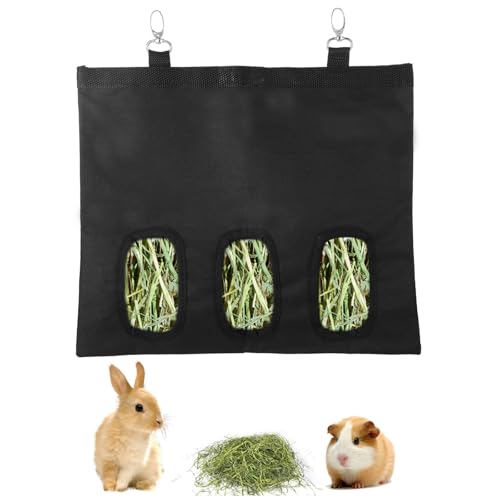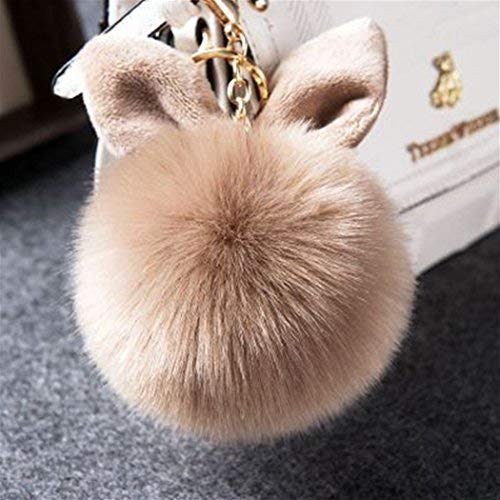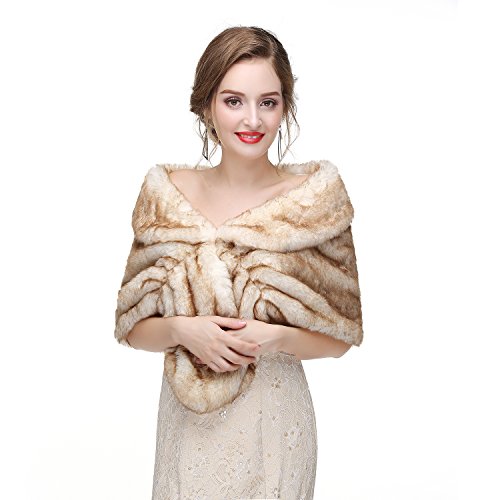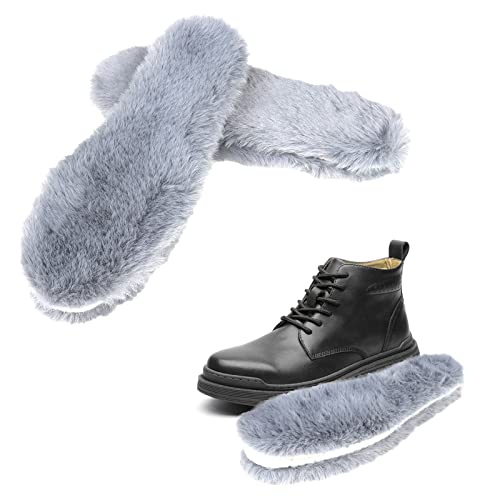Yep, working with what you have, and culling ruthlessly for what you want, is the way most of us have to work. You can't produce something that your rabbits don't have to give, but you can make great strides in improving what you do have.

As far as quality, it's hard to say from a few candid photos, but your red buck looks like he has nice hindquarters (very important in a meat rabbit) and the red doe looks nicely-built too. They look like they probably come from some nice New Zealand stock. I don't think you're starting at ground zero! I can't see enough of the blacks to make even a guess about those.
"Rufus factors" are modifier genes that alter the expression of known alleles, in this case the color of the orange intermediate band of an agouti <
A_>, as well as the trim on an otter <
a(t)_>. (In a red, a chestnut agouti has the black color, which shows at the base and tip of the hair, suppressed by <
ee> so the orange intermediate band is all that's left to show.) Researchers aren't really clear about modifiers' complex interactions in rabbit coat colors, as they don't behave like Mendelian autosomal genes. Personally, I think of them as a kind of "black box" that can help or hinder my breeding efforts. These modifiers exist in all rabbits, but in many colors no one is selecting for them, so you don't know what you're going to get when you outcross a red to another color. Rufus modfiers are just one example - there are many more modifiers, both known and unknown.
Without knowing the precise mechanisms, observations suggest that rufus modifiers seem to build up over generations. When writing out a genetic description of a color such as red, you can score the rufus modifiers according to a scale of 1 to 5 plusses, by looking at the orange color, e.g. <
A_B_C_D_eeww +++>. Different breed standards have different preferences for red color, but that would be a nice NZ red. I have found that most judges find that to be a bit too much rufus for chestnuts, which I would guess are more on the order of ++ (though I prefer the redder chestnuts, myself, and they are the ones you want to use in a red program). You can gauge the number of modifiers by just looking at how intense the red color is on a red, how bright the red intermediate rings are on a chestnut, or how bright the tan trim is on an otter. Chestnuts with high rufus also tend to have a brighter surface color, while those with fewer rufus modifiers look duller, closer to gray-brown than chestnut.
Five plusses +++++ in a red gives you something like a Thrianta:
View attachment 44260
There's site that gives a pretty good overview of modifiers in rabbit coat colors here:
https://www.reddit.com/r/RabbitGenetics/wiki/modifiers/
The scattered agouti ticking on your red buck is called "smut," which is what I was referring to when I called his color "not clear." The doe, not having that smut, has "clear" color, though it is not intense red color. The non-extension alleles <
ee> prevent
most of the black agouti ticking, but again, there are modifiers that affect how much is left over, as well as another thing you need in reds (but which is not desirable in chestnuts), which is the recessive wideband gene <
w>. Having two copies of that allele <
ww> stretches out the orange intermediate band, and can be very helpful in clearing up smut. The fact that your reds had a red sire and a chestnut dam might explain the smut on your buck; perhaps he only got one copy of <
w>.
If you breed your two reds together, you'll probably get a mix of both in the kits: some good, some not so good. Most people assume that using chestnuts with the reds produces smut, but I have found that's not always the case; it really depends on what the chestnut carries in terms of those modifiers that affect the ticking (which you never know until you breed them, since chestnuts are not generally heavily selected for those modifiers), and whether the chestnut has one, two or no copies of wideband. In any case, once you've got reds, breeding the rabbits with the least amount of smut will usually result in more rabbits with little or no smut.
Incidentally, that's why red breeders often like to breed a chocolate-based color rather than using a black base. Put simply, chocolate smut is less noticeable than black smut. However, I prefer to spend multiple generations eliminating that black smut because I have found that, all other things being equal, chocolate-based reds do not have quite the richness of color that the black-based reds do. The black-based reds also tend to have that dark-lashed doe-eyed look (which is my favorite feature of reds and chestnuts), while chocolate-based reds tend to have paler eyelids and lashes. Of course that's a personal preference which has nothing to do with show or meat quality, but I like my rabbits gorgeous.

Regarding the himi kits, you now know that at either your red buck or your black doe is <
Cc(h)>, and the other parent is either also <
Cc(h)>, or is <
Cc>. And since you got a self black from your self black doe
<aa> x red buck, you know the red buck carries self <
Aa>.
I'm kind of envious of all of you folks in the Lower 48 who can buy rabbits at auction. We have nothing like that up here. Although, it probably saves me from myself...I already have more rabbits than holes.






























































































